Climbers against fence - not attached to it
sergeantcuff
12 years ago
Related Stories

PETSHow to Help Your Dog Be a Good Neighbor
Good fences certainly help, but be sure to introduce your pup to the neighbors and check in from time to time
Full Story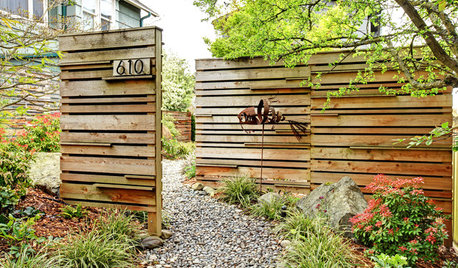
FENCES AND GATESHow to Choose the Right Fence
Get the privacy, security and animal safeguards you need with this guide to fencing options
Full Story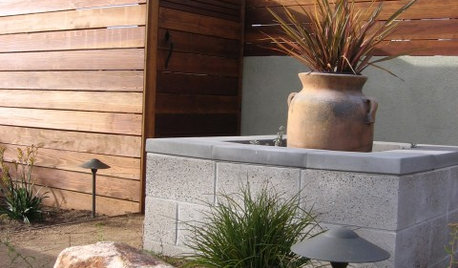
FENCES AND GATESModern Fencing for a More Secure Home
Deter would-be burglars without robbing your home of style, by installing a modern fence like one of these
Full Story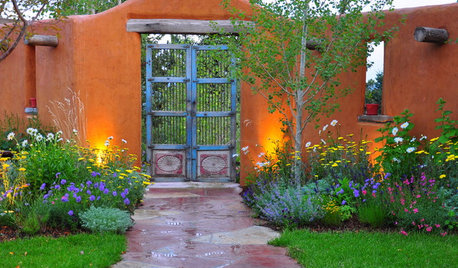
GARDENING AND LANDSCAPINGHow to Pick a Nice Wall for Your Garden Room
Made by hand, prefab or growing from the ground, garden walls are key landscaping elements. Here's what to think about for your yard
Full Story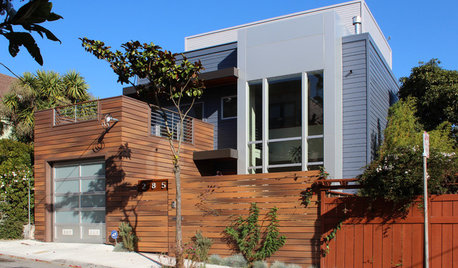
MATERIALSShould You Use Composite Timber in Your Landscape?
This low-maintenance alternative to wood is made from varying amounts of recycled plastic. Consider it for decks, fences and more
Full Story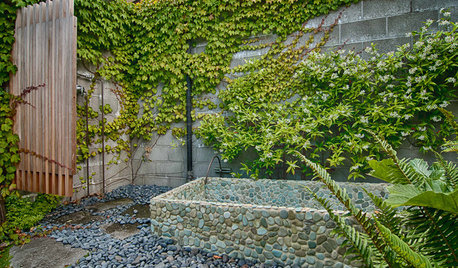
LANDSCAPE DESIGNHow to Turn an Ugly Wall Into a Feature
There are plenty of ways, from planting to paneling, to improve your garden view
Full Story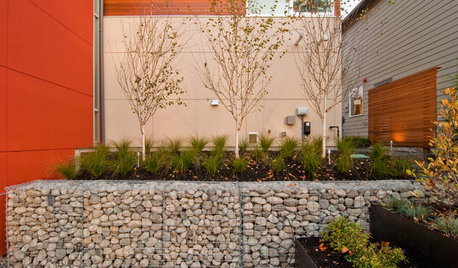
LANDSCAPE DESIGNGarden Walls: Gabion Evolves From Functional to Fabulous
The permeable rock-, concrete- or glass-filled steel cages are showing up as retaining walls, planters, benches and more
Full Story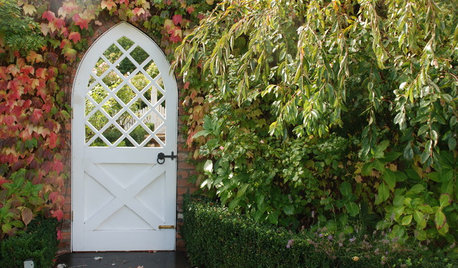
CURB APPEAL10 Gorgeous Gates That Make a Stylish Statement
From wrought iron masterpieces to simple wooden designs, there’s a gate for any garden
Full Story
MOST POPULAR20 Ways to Work White Magic in Your Yard
Create enchanting outdoor spots with fresh white fences, florals and furniture
Full Story
DECORATING GUIDES4 Hip Hues for 2013 and How to Use Them at Home
Strike a bluesy chord that's decidedly upbeat or make things greener on your side of the fence, with fresh paint colors for the new year
Full Story










hoovb zone 9 sunset 23
luxrosa
Related Professionals
Allen Landscape Architects & Landscape Designers · Stamford Landscape Contractors · Amesbury Landscape Contractors · Cordele Landscape Contractors · Dunwoody Landscape Contractors · Merced Landscape Contractors · Middletown Landscape Contractors · Miller Place Landscape Contractors · Oakland Landscape Contractors · Pueblo West Landscape Contractors · Smyrna Landscape Contractors · Whittier Landscape Contractors · Tampa Swimming Pool Builders · Annapolis Siding & Exteriors · Largo Siding & ExteriorssergeantcuffOriginal Author